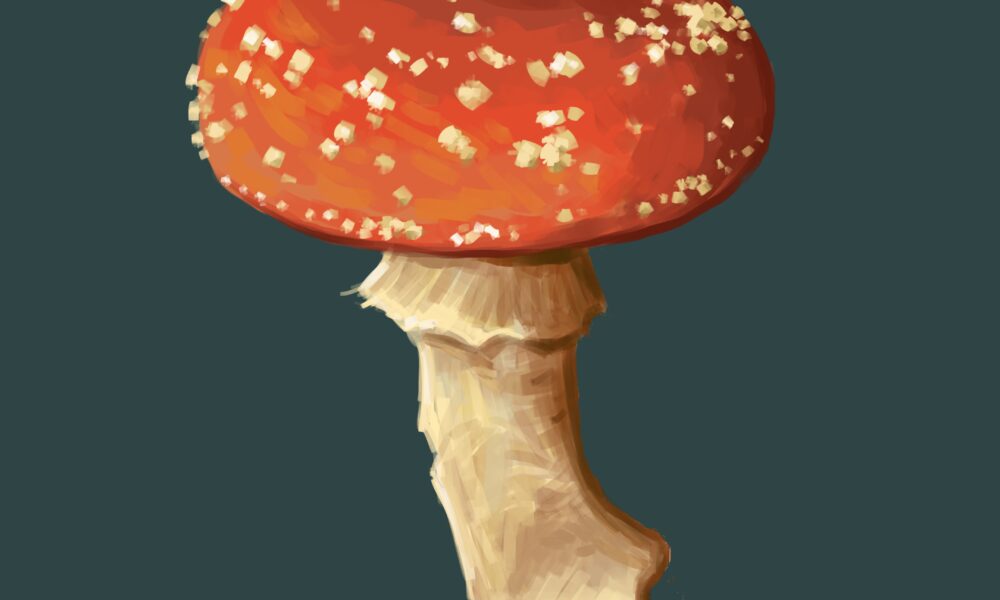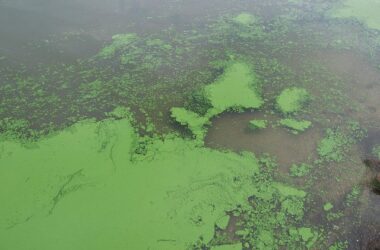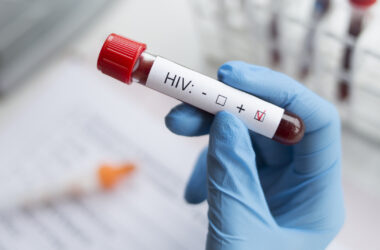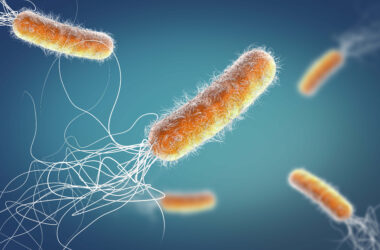In the world of industrial production, there is often one resource that goes forgotten—microbes. Microbes are everywhere and have adapted to almost every environment, from the inside of nuclear reactors to the outside of the International Space Station.
When thinking of natural interactions with microbes, we often think of disease, but microbial partnerships can be mutually beneficial. Many species of bacteria have established partnerships with larger organisms, including plants, with the microbe and the host exchanging nutrients to help each other survive. Many plants give the bacteria sugars, while the bacteria help the plant acquire nutrients. Legumes, such as peas and lentils, have root nodules full of nitrogen-fixing bacteria. And luckily, humans can use these partnerships to our advantage.
Professor Suha Jabaji is no stranger to mutualistic microbial partnerships. Her research focuses on plant-pathogen and plant-endophyte interactions. Specifically, Jabaji’s lab focuses on endophytes, microorganisms that live within plants without harming them in a mutualistic relationship. The lab also works on bioprospecting—the process of identifying useful compounds from microbes like endophytes and other bacteria to find compounds that can be used in agriculture and industry.
“[Endophytes] don’t have any side effects, they have a mutual relationship with the plant. They use the plant for a little bit of food, but they help the plant with so many things,” Mamta Rami, a research assistant at the Jubaji lab, said in an interview with The McGill Tribune.
The Jabaji lab works with a number of industrial partners to find endophytes and bacteria that can be put to work. One of their goals is to identify endophytes that can act as an eco-friendly alternative to chemical pesticides and fertilizers and increase crop yields. Other bioprospecting targets include endophytes that can enhance a plant’s production of secondary metabolites. Secondary metabolites are not required by plants for growth, but help them respond to environmental stressors like ultraviolet radiation or animals that eat them. For example, caffeine is a secondary metabolite that helps trees from the Coffea species deter herbivores.
“Secondary metabolites mostly have medicinal and other kinds of biological effects that can be harvested and used in the pharmaceutical or cosmetic industry,” Rami said.
With one of their industry partners, the Jabaji lab was looking for bacteria adapted to growing in crude oil, which produce compounds that disperse or break down oil compounds that could be harnessed to clean up oil spills. The lab isolated a bacterium called Bacillus velezensis from crude oil.
“It was leftover stock, whatever was leftover after extraction [. . .] it was creating problems for the environment because when the company takes out all the oil from the oil well, they just leave it there,” Rami explained. “So the company wanted to do something organic to remove the contamination.”
Once a promising bacterium or compound is found, it’s a long, slow process to take it to market. Since you can’t just sell bacteria by themselves, scientists have to either find a way to stabilize the microorganisms or to produce their active compounds in large quantities. Despite these challenges, more and more microbial products are finding their way onto the market, providing environmentally-friendly alternatives to the more harmful chemicals of the past.









